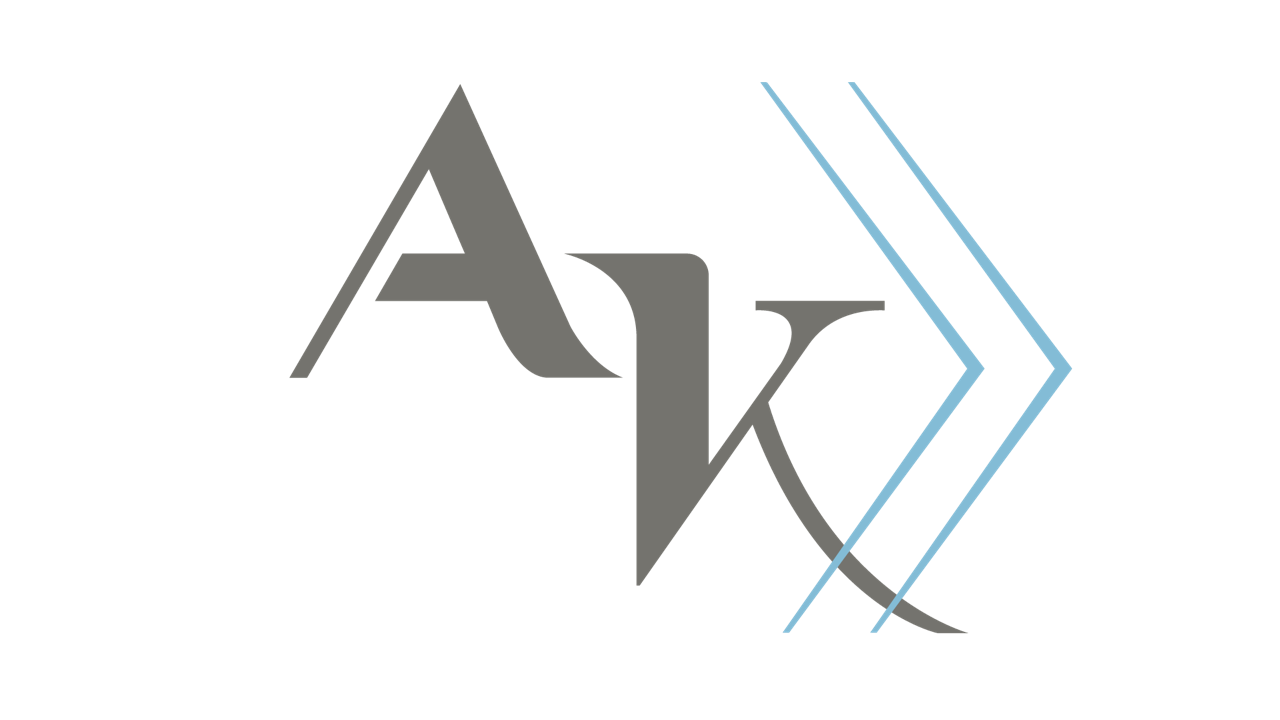How do I manage a rotator cuff injury?
As we enter baseball season (Happy Opening Day, fellow Red’s fans!), most people probably know that rotator cuff injuries are very common in baseball players. Rotator cuff injuries are also common in people who work jobs that require a lot of overhead lifting or repetitive motions with their shoulder, who likely develop shoulder impingement that progresses to fraying of a rotator cuff tendon. Additionally, rotator cuff tears often occur from a fall. To understand how we can manage rotator cuff injuries, we first need to understand the rotator cuff and how it moves the shoulder. The rotator cuff is made up of 4 shoulder muscles, the supraspinatus, infraspinatus, subscapularis, and teres minor. These muscles primarily move our shoulders into internal and external rotation - think reaching behind your back to touch your lower back (internal rotation) and reaching to touch the back of your head (external rotation). This is why we so often see baseball players with rotator cuff injuries - particularly pitchers - because of the constant rotational motion with throwing.
So does a diagnosis of a rotator cuff tear always mean you need surgery? Not necessarily. There are different types of tears depending on the mechanism of injury. If repetitive motion is the cause, there could just be fraying of the tendon. There may also be a partial tear of a tendon, or a full thickness tear where the tendon is completely torn. The less severe the tear, the more likely it could be managed with conservative treatment such as Physical Therapy. Although the rotator cuff muscles are the primary internal and external rotators of the shoulder, there are many other muscles at work that stabilize the scapula and glenohumeral (shoulder) joint. By strengthening the other muscles of the shoulder and avoiding significant stress on the injured tendons, inflammation can decrease and symptoms can improve and even resolve without surgery. The recommended exercises for each individual with a rotator cuff injury should be prescribed individually based on their assessment.
However, if you have a full thickness tear and are a young athlete wanting to return to high level activities that stress the shoulder, or if you have torn multiple tendons and have a job that requires a lot of stress on your shoulder, surgery may unfortunately be the best option. So what can you expect from Physical Therapy following a rotator cuff repair? This depends on a few factors. One of these factors is your surgeons preference. Some surgeons are more aggressive than others following surgery, and it is important to find a surgeon that you are comfortable with their approach. It also depends on the severity of your tear and injury. Patients who undergo a repair of a partial thickness tear will likely progress a little quicker than someone who undergoes a large, full thickness tear.
In general, the first 6 weeks of rehabilitation following a rotator cuff tear is pretty simple and boring. You will be in a sling most of the time for 2-4 weeks, your therapist will stretch and mobilize your shoulder, and you will initiate simple elbow, wrist, and hand range of motion and strengthening exercises. Once you hit 6 weeks post op, you can begin moving your arm more but will have continued lifting restrictions until you build some more strength in the shoulder.
Interested in learning more about rotator cuff injuries? Follow us on instagram (@absolutekineticspt), or send us an email (info@absolutekineticspt.com) with your specific questions!
Blog post written by Dr. Alexis Hutchison, PT, DPT, OCS
